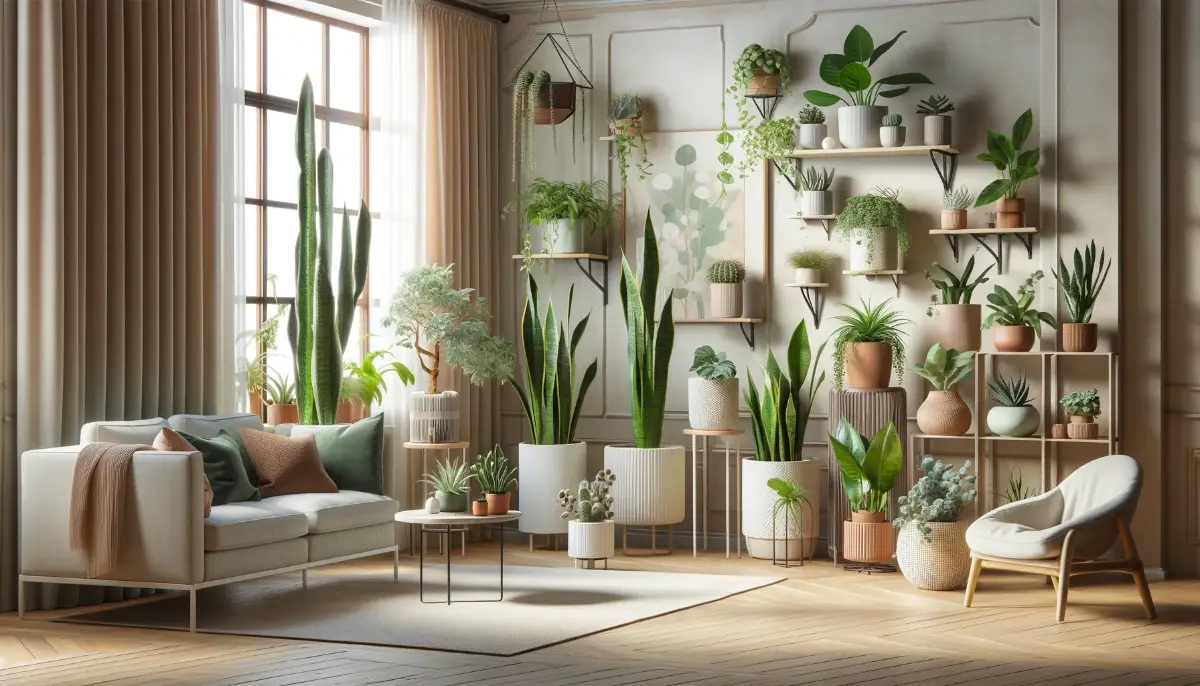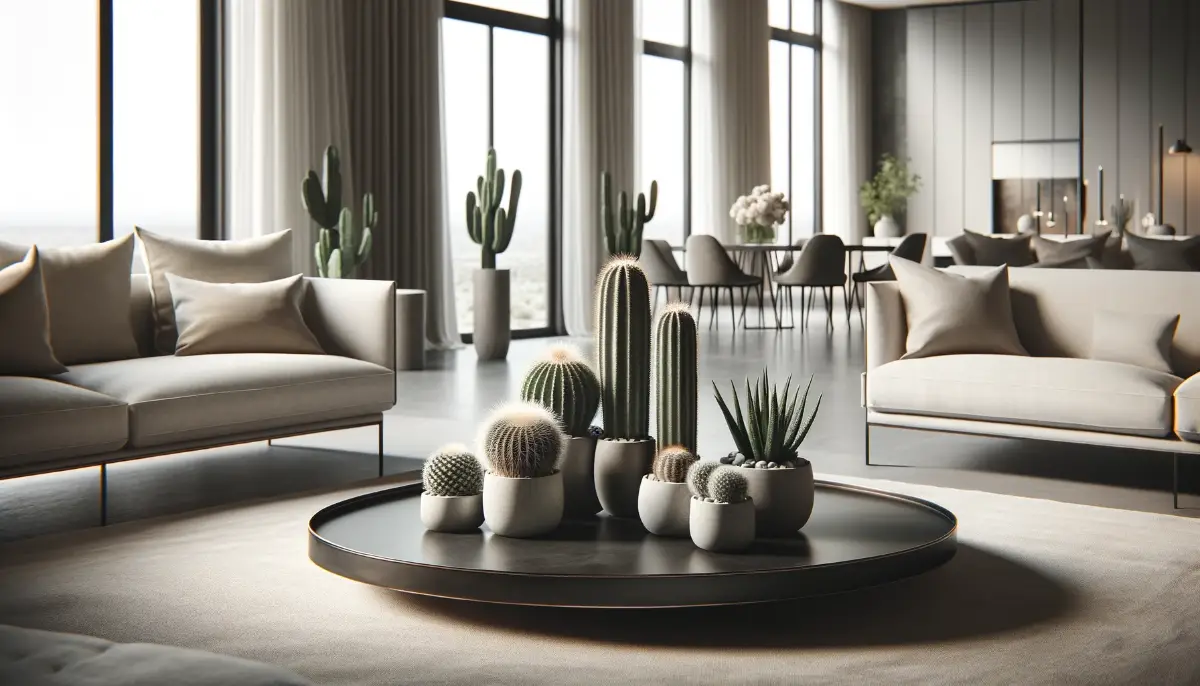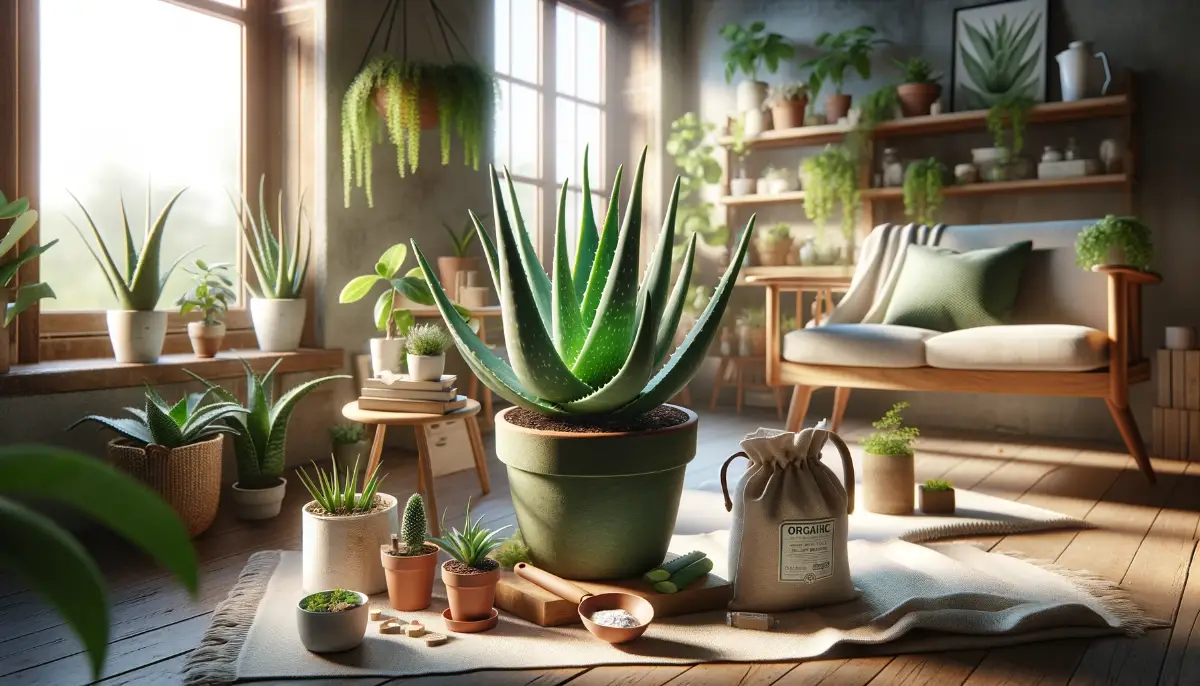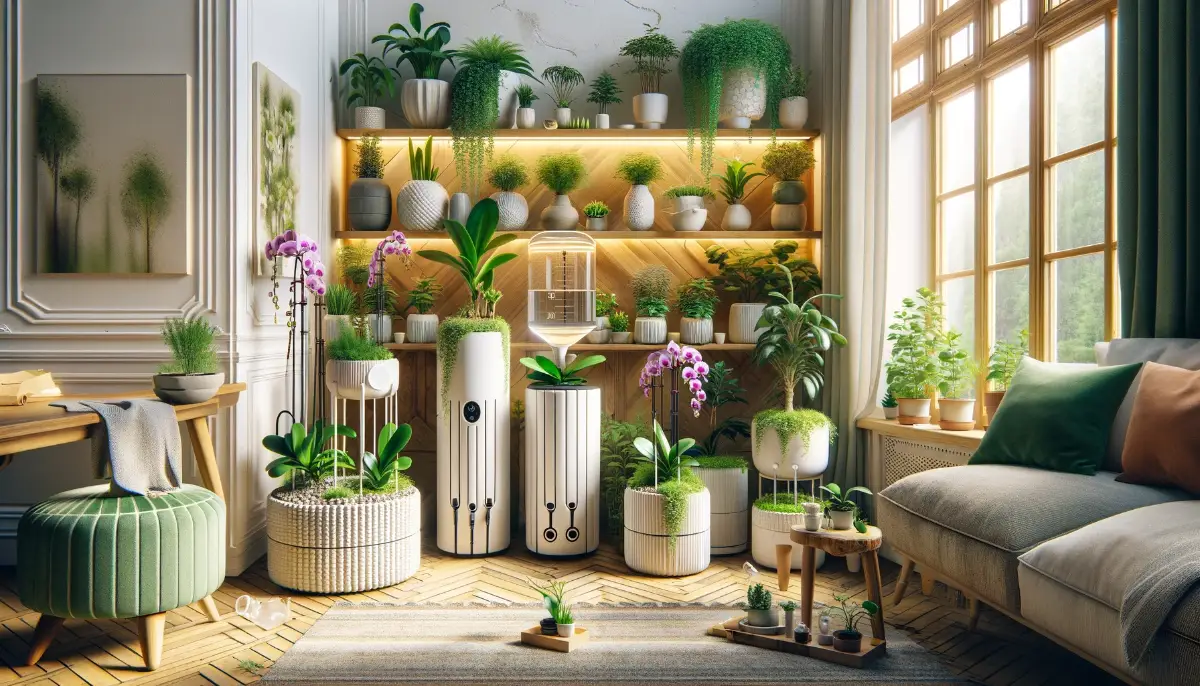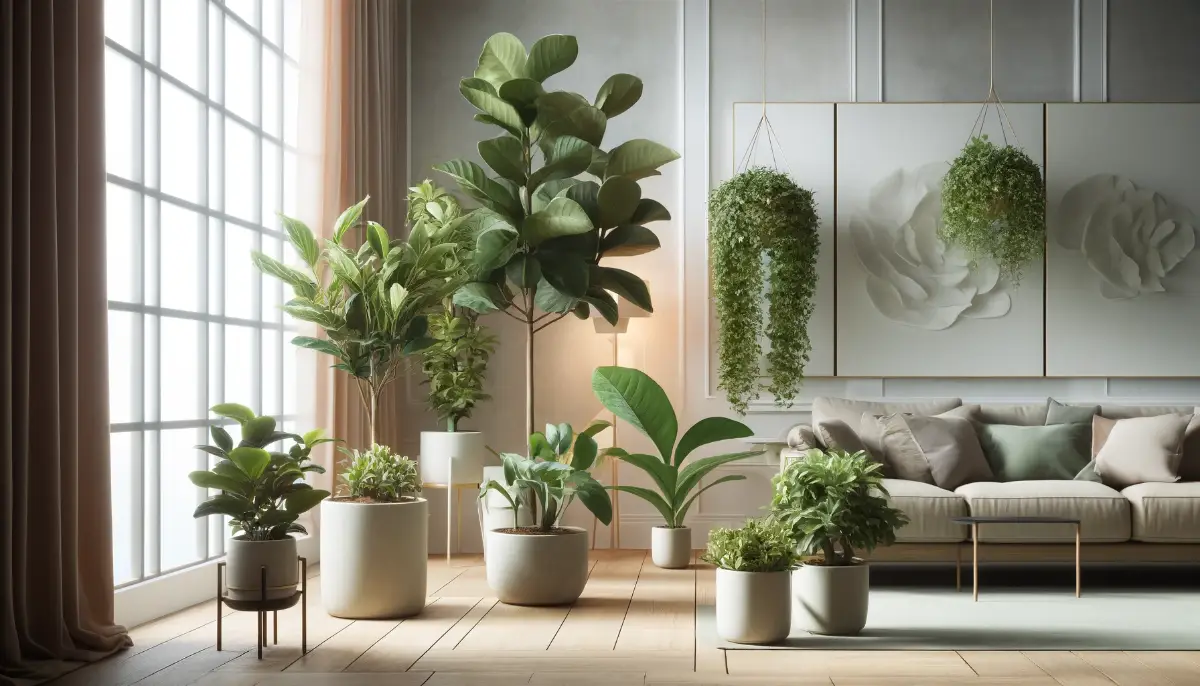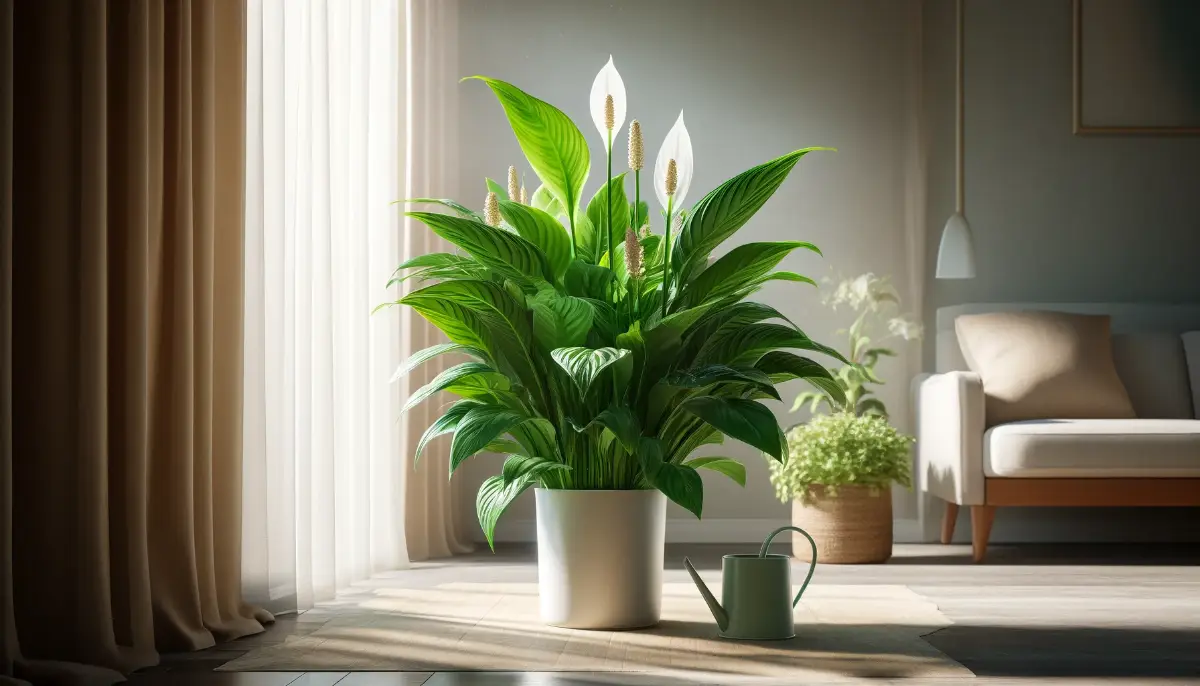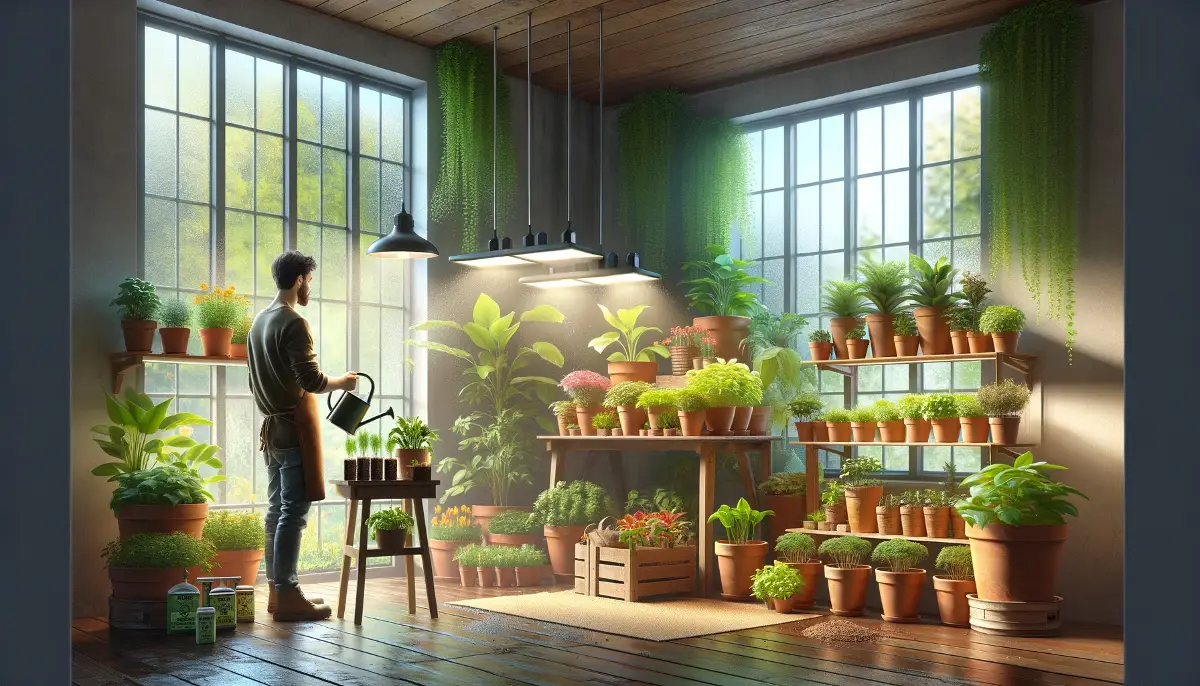Caring for indoor plants can be a rewarding experience, but it often comes with the challenge of maintaining a consistent watering schedule.
Fortunately, there are numerous indoor plants that thrive with minimal watering, making them ideal for busy individuals or those prone to forgetting.
These resilient plants, including various succulents and other low-water requirement species, can add a vibrant touch of green to your home with just a monthly watering.
Understanding the specific water needs of these plants ensures their health and vitality while providing a hassle-free plant care routine.
10 Indoor Plants That Thrive on Low-Water
1. Snake Plant (Sansevieria)
The snake plant is renowned for its resilience and can go weeks without water. It prefers indirect light but can tolerate lower light conditions, making it an excellent choice for almost any room.
Care Tips:
- Water every 2-3 weeks, allowing the soil to dry out completely between waterings.
- Place in indirect light for best growth.

2. ZZ Plant (Zamioculcas zamiifolia)
ZZ plants are almost indestructible and can survive with minimal light and water. Their waxy, green leaves add a vibrant touch to any corner.
Care Tips:
- Water every 3-4 weeks, ensuring the soil is dry before watering again.
- Thrives in low to bright indirect light.
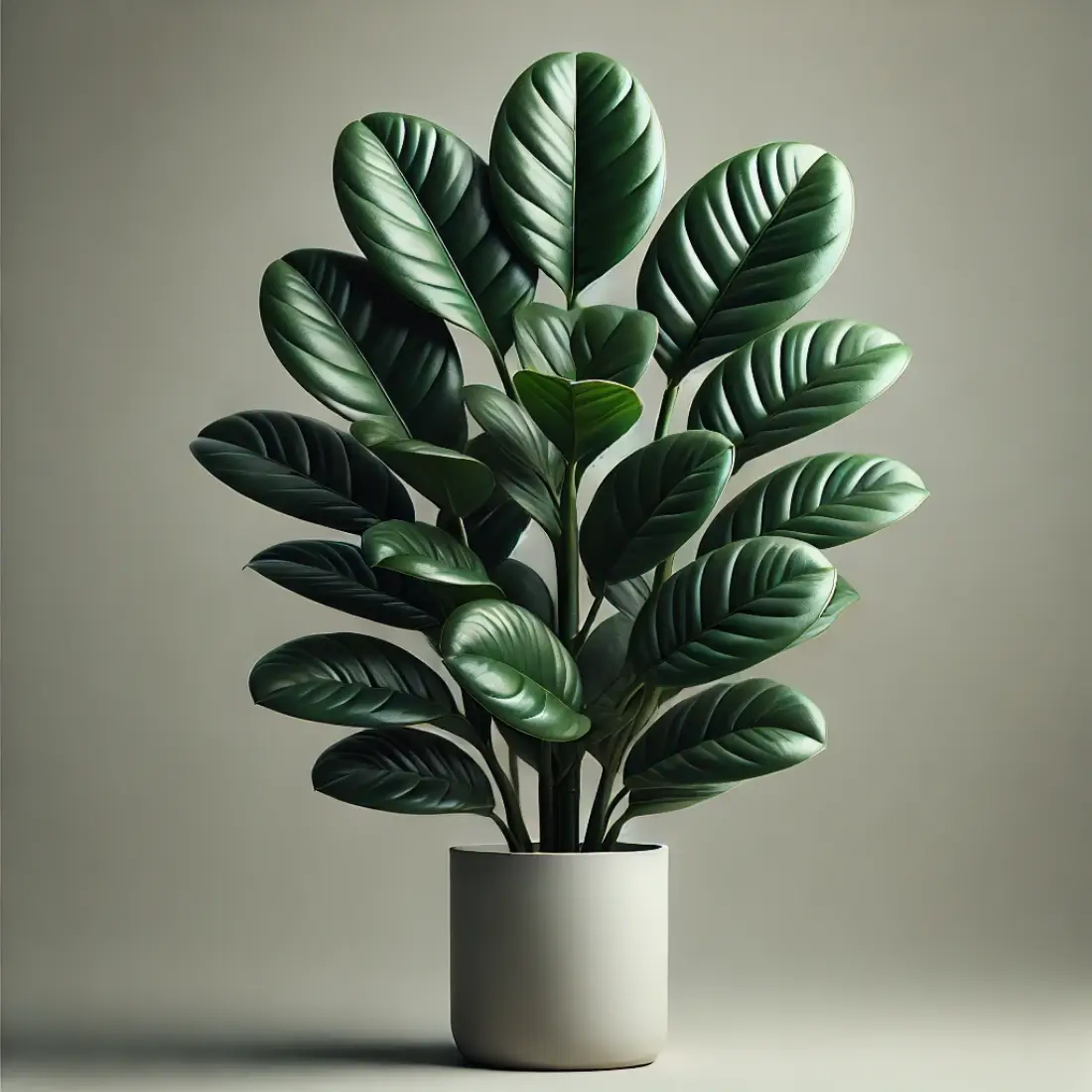
3. Cactus
Various cacti species are well-suited for indoor living and require very little water to thrive. They prefer bright light, so placing them near a window is ideal.
Care Tips:
- Water once a month during growing seasons and even less during winter.
- Provide plenty of sunlight.
4. Aloe Vera
Aloe vera is not only beneficial for its medicinal properties but also as an easy-to-care-for plant that requires minimal watering.
Care Tips:
- Water every 3 weeks, allowing the soil to dry out between waterings.
- Prefers bright, indirect sunlight.
5. Spider Plant (Chlorophytum comosum)
Spider plants are adaptable and can thrive in a variety of conditions, including low water and indirect light.
Care Tips:
- Water once a week, but can survive longer periods without water.
- Thrives in bright, indirect light but can tolerate lower light levels.
6. Pothos (Epipremnum aureum)
Pothos is a hardy vine with striking leaves, capable of growing in water or soil, making it a versatile choice for indoor gardeners.
Care Tips:
- Water every 1-2 weeks, allowing the soil to dry out between waterings.
- Performs well in low to high indirect light.
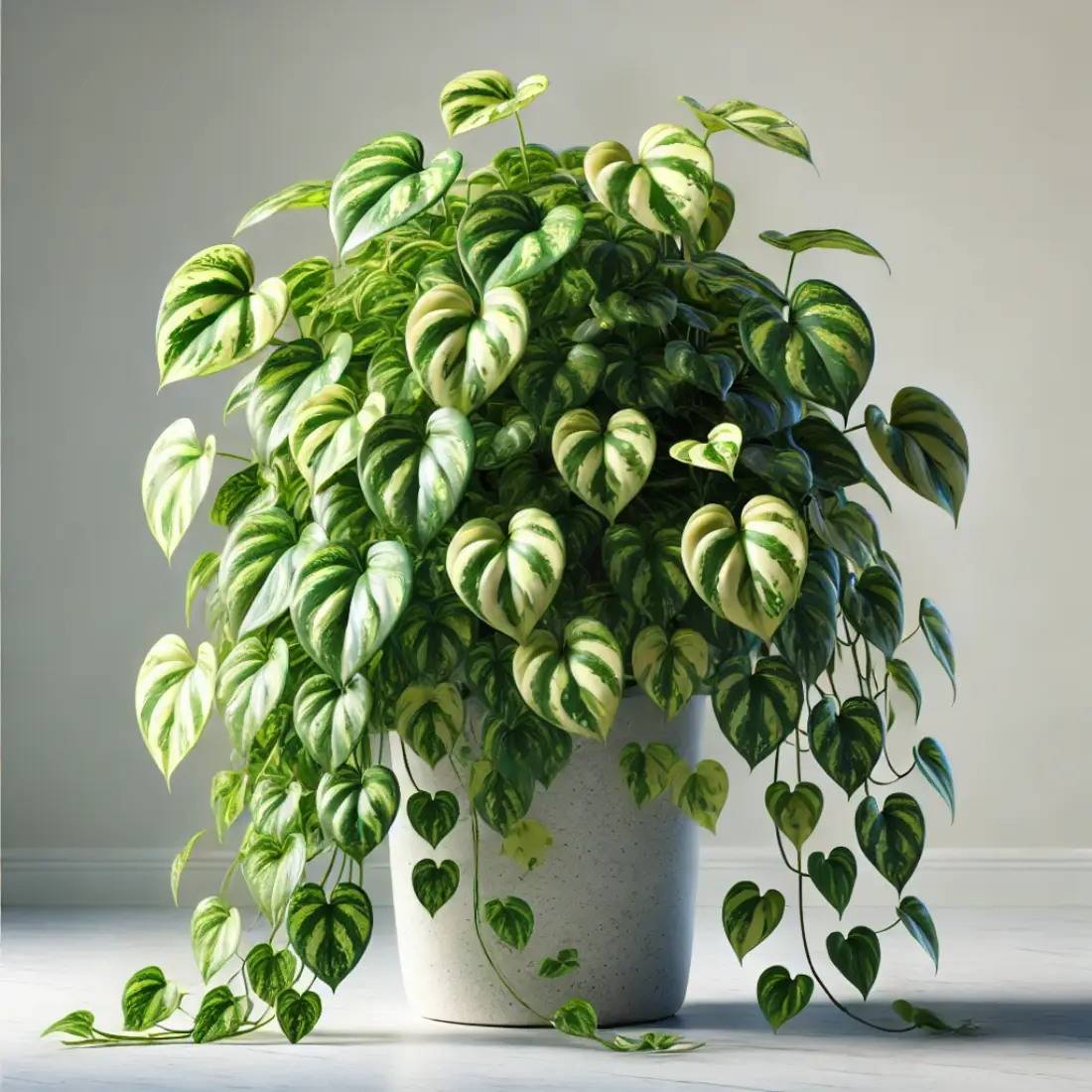
7. Succulents
Succulents, including varieties like Echeveria and Sedum, store water in their leaves, requiring very infrequent watering.
Care Tips:
- Water every 3-4 weeks, allowing the soil to completely dry out first.
- Needs bright, indirect light.
8. Rubber Tree (Ficus elastica)
The rubber tree is a durable plant that can grow into a striking indoor tree with glossy leaves.
Care Tips:
- Water every 1-2 weeks, letting the soil dry out between waterings.
- Prefers bright, indirect light but can tolerate lower light conditions.
9. Peace Lily (Spathiphyllum)
While the peace lily enjoys consistent moisture, it can survive periods of dryness with its telltale droop signaling when it’s time to water.
Care Tips:
- Water once a week, allowing the top inch of soil to dry out between waterings.
- Thrives in medium to low light conditions.
10. Cast Iron Plant (Aspidistra elatior)
True to its name, the cast iron plant is tough as iron, capable of surviving with low light and water.
Care Tips:
- Water every 2-3 weeks, allowing the soil to dry out completely.
- Prefers low light conditions, making it ideal for dimly lit rooms.
These ten plants prove that having a green thumb doesn’t require daily gardening. With minimal watering needs, they offer the perfect solution for busy individuals or those prone to forget watering their plants. By choosing any of these resilient varieties, you can enjoy the benefits of indoor greenery without the high maintenance.
Remember, while these plants are low-maintenance, they still benefit from occasional attention and care. Ensure to monitor their soil and adjust watering as needed, especially as seasons change.
FAQs on Best Indoor Drought-Tolerant Plants
How often should I water my indoor plants that require minimal watering?
Typically, these plants need watering every 2-4 weeks, depending on the specific plant, the environment, and the season. Allow the soil to dry out completely between waterings.
Can indoor plants that require minimal water survive in low light?
Many, such as the snake plant and ZZ plant, thrive in low light conditions, making them perfect for less sunny spots in your home.
What’s the best way to check if my plant needs water?
Use the finger test by inserting your finger about an inch into the soil. If it feels dry, it’s time to water your plant.
Do plants that require minimal watering need fertilizer?
Yes, but less frequently than other plants. Fertilizing once or twice a year during the growing season is usually sufficient.
How do I avoid overwatering my drought-tolerant indoor plants?
Always check the soil moisture before watering, use pots with drainage holes, and ensure the soil is well-draining to prevent water from pooling.
What are some signs of underwatering in these plants?
Signs include dry and brittle leaves, slow growth, and drooping. If you notice these, water the plant and monitor its recovery.
Can I use tap water for my indoor plants?
Yes, but if your tap water is highly chlorinated or contains high levels of minerals, consider leaving it out overnight before using or use filtered water to avoid potential harm to the plants.
How do I choose a pot for plants that don’t need much water?
Choose pots with good drainage and consider pot materials. Terracotta or clay pots are excellent for moisture control.
What should I do if I accidentally overwater my plant?
Allow the soil to dry out entirely before watering again. If the plant shows signs of stress or root rot, repotting with fresh, dry soil might be necessary.
Can these plants clean the air in my home?
Yes, many indoor plants, including those that require minimal watering, can help purify the air. Plants like the snake plant and peace lily are particularly effective at removing toxins from the air.

